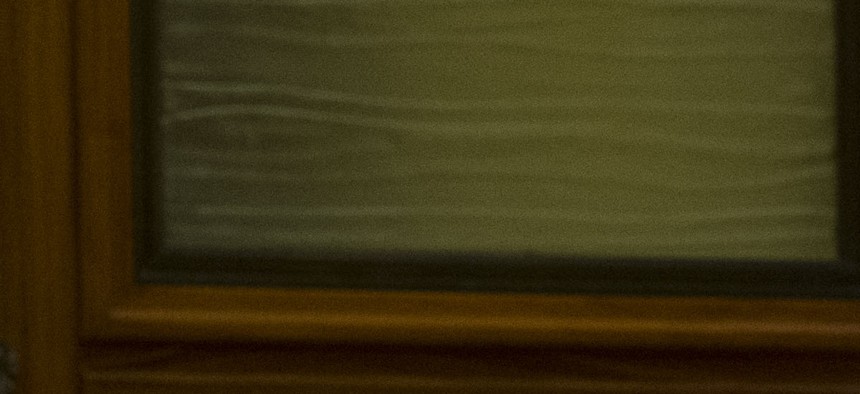
U.S. Defense Secretary Chuck Hagel with then-Crown Prince and Minister of Defense Salman bin Abdulaziz al Saud, in Riyadh in April 2013. Erin A. Kirk-Cuomo/DOD
US-Saudi Military Relations Expected To Persist Under King Salman
The new king is the former Saudi defense minister, which should mean steady policy and weapons sales for U.S contractors. By Marcus Weisgerber
King Abdullah’s death in Saudi Arabia should not alter the strong defense ties between the United States and the kingdom, a key American ally in a volatile region.
Abdullah’s half-brother, Salman, Saudi defense minister since 2011, has assumed the throne. King Salman named his son, Prince Mohammad bin Salman, the country’s new defense minister.
The younger Salman “certainly understands the U.S. alliance and the reason for it,” said Anthony Cordesman, analyst at the Center for Strategic and International Studies who has been an adviser to Sen. John McCain, R-Ariz., and retired Army Gen. Stanley McChrystal.
American officials do not expect any major shifts in policy with oil-rich kingdom, a key ally that has supported some U.S. counterterrorism operations in the Middle East. Saudi Arabian aircraft have been a small part of the coalition striking Islamic State militant strongholds in Syria, and Riyadh has offered to host a training program for moderate Syrian rebels. Abdullah over the years had raised concerns about Washington’s reluctance to get involved in Syria, which the kingdom sees as being heavily influenced by Iran.
“[President Barack Obama] certainly hopes, and we expect, that the strong relationship that exists between the United States and Saudi Arabia will endure under the leadership of the new king,” White House Press Secretary Josh Earnest said Friday.
Saudi Arabia, along with the other Gulf Cooperation Council members: United Arab Emirates, Qatar, Kuwait, Bahrain and Oman, all have close professional relationships with the U.S. military. The U.S. positioned its forces in Saudi Arabia before Operation Desert Storm in 1990 following Saddam Hussein’s invasion of Kuwait. The kingdom also housed the U.S. headquarters for air operations, which has since moved to Qatar.
Saudi Arabia is expected to spend more than $56 billion on defense in 2015, according to data compiled by the firm Avascent. Of that, the kingdom is expected to spend nearly $17 billion on new weapons.
“There won’t be reassessment [of military programs] based on the succession,” Cordesman said. “There has to be reassessment based on the fact that program costs keep changing. There is always the question of how many do you really want to buy.”
Saudi Arabia’s military is largely made up of American and European weapons, including Boeing F-15 fighters, Lockheed Martin C-130 cargo planes, Eurofighter Typhoon fighters, Boeing Apache attack helicopters and General Dynamics Abrams tanks.
In 2010 alone, the Obama administration cleared a $60 billion sale of F-15s, Apaches, Sikorsky Blackhawk helicopters and other weapons and equipment to Saudi Arabia.
Saudi is expected to modernize its Navy in the coming years, an area where it has many international options, Byron Callan, an analyst with Capital Alpha Partners, said.




